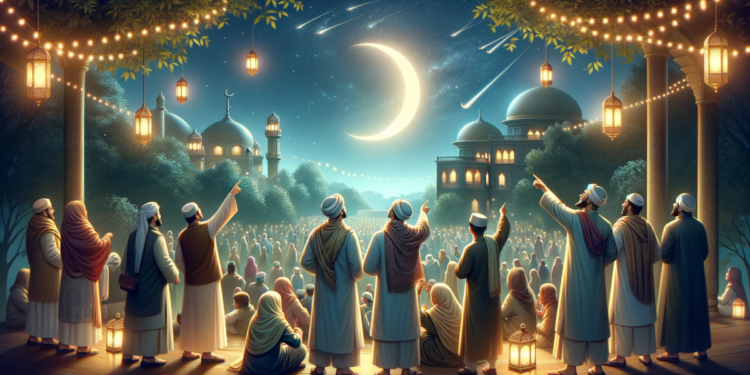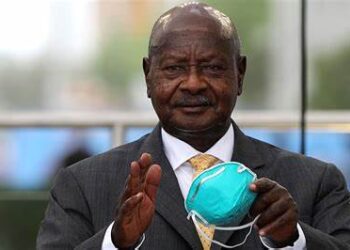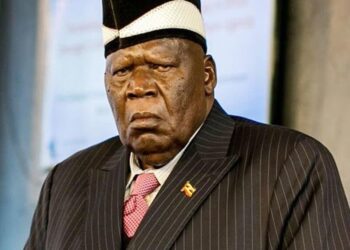Eid al-Fitr, often referred to as the “Festival of Breaking the Fast,” is one of the most joyous and significant celebrations in the Islamic calendar. It marks the culmination of Ramadan, the holy month of fasting, prayer, and reflection observed by millions of Muslims around the world. Eid al-Fitr is a time of spiritual renewal, communal solidarity, and festive gatherings, as believers come together to express gratitude for blessings received, seek forgiveness for past transgressions, and celebrate the bonds of faith, family, and community.
The celebration of Eid al-Fitr begins with the sighting of the new moon, which marks the end of Ramadan and the beginning of Shawwal, the tenth month of the Islamic lunar calendar. Muslims gather in mosques or designated prayer spaces to perform the Eid prayer, a special congregational prayer that consists of two units (rak’ahs) and is typically preceded by a sermon (khutbah) delivered by the imam. The Eid prayer is a time of spiritual reflection, thanksgiving, and supplication, as believers express gratitude for the strength and perseverance they have shown during Ramadan and seek Allah’s blessings for the future.
After the Eid prayer, Muslims exchange greetings of “Eid Mubarak” or “Happy Eid” and embrace one another as a symbol of unity and brotherhood/sisterhood. It is customary for families to visit relatives, friends, and neighbors, sharing festive meals and exchanging gifts as expressions of goodwill and generosity. Special Eid greetings and messages are also exchanged through phone calls, text messages, and social media platforms, allowing Muslims to connect with loved ones near and far and to extend blessings to those unable to join in the celebrations.
Central to the celebration of Eid al-Fitr is the concept of zakat al-Fitr, or “charity of fast-breaking.” Muslims are required to give a specific amount of charity (zakat) to the needy before performing the Eid prayer, ensuring that everyone in the community can partake in the joyous festivities and experience the blessings of Eid. Zakat al-Fitr is typically given in the form of staple food items, such as grains, dates, or flour, and is distributed to those in need through local mosques, charities, or community organizations.
One of the most cherished traditions of Eid al-Fitr is the preparation and enjoyment of special festive foods and sweets. Families gather to prepare elaborate feasts featuring traditional dishes that vary depending on cultural and regional preferences. In many Muslim-majority countries, popular Eid dishes include savory delicacies such as biryani, kebabs, samosas, and curries, as well as sweet treats like baklava, kunafa, and sheer khurma. These culinary delights serve as symbols of abundance, hospitality, and generosity, reflecting the spirit of sharing and fellowship that characterizes the Eid celebration.
In addition to feasting and socializing, Eid al-Fitr is also a time for Muslims to engage in acts of piety, gratitude, and reflection. Many believers spend the day visiting cemeteries to pay respects to deceased loved ones, offering prayers and reciting Quranic verses in remembrance of their souls. Others take the opportunity to engage in acts of worship and devotion, such as reciting special prayers (duas), reading the Quran, and seeking forgiveness for past sins. The spiritual significance of Eid al-Fitr serves as a reminder of the importance of humility, gratitude, and devotion in the lives of Muslims.
Another hallmark of Eid al-Fitr is the tradition of wearing new clothes and adorning oneself in festive attire. Muslims, young and old, dress in their finest garments, often featuring traditional attire or colorful outfits that reflect their cultural heritage. The act of dressing up for Eid not only adds to the festive atmosphere but also symbolizes the renewal of faith, purity, and spiritual growth achieved during Ramadan. For many children, receiving new clothes and gifts from family members is a cherished part of the Eid experience, evoking feelings of excitement, joy, and anticipation.
The celebration of Eid al-Fitr extends beyond individual households to encompass entire communities and neighborhoods. Streets and public spaces are adorned with colorful decorations, festive lights, and banners bearing messages of peace and unity. Community centers, mosques, and parks host a variety of cultural events, performances, and activities for people of all ages to enjoy, including music, dance, storytelling, and games. These communal gatherings provide opportunities for Muslims to come together, strengthen bonds of friendship, and celebrate their shared faith and cultural heritage.
Moreover, Eid al-Fitr holds special significance for marginalized and underserved communities, as it provides an opportunity for solidarity, compassion, and social justice. Many Muslims use the occasion of Eid to reach out to those in need, offering food, clothing, and financial assistance to individuals and families facing hardship. Charity drives, food distribution programs, and community service initiatives are organized to ensure that everyone can participate in the festivities and experience the joy of Eid. These acts of kindness and generosity exemplify the spirit of compassion and empathy that lies at the heart of Islam.
In conclusion, Eid al-Fitr is a vibrant and festive celebration that marks the end of Ramadan and the beginning of a new spiritual journey for Muslims around the world. From the joyous gatherings and festive feasts to the acts of charity, worship, and reflection, Eid al-Fitr embodies the core values of Islam: faith, compassion, and community. As believers come together to celebrate the blessings of Eid, they reaffirm their commitment to God, to one another, and to the timeless principles of peace, justice, and love that unite them as a global Muslim ummah (community).







Discussion about this post